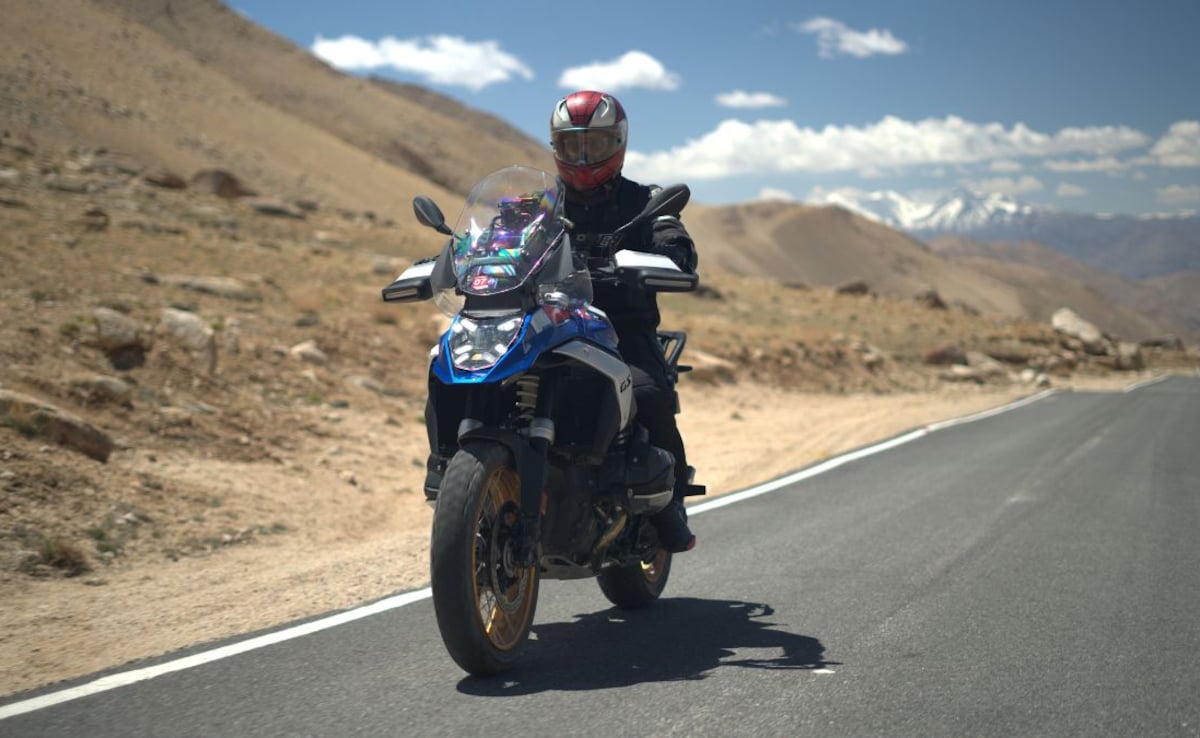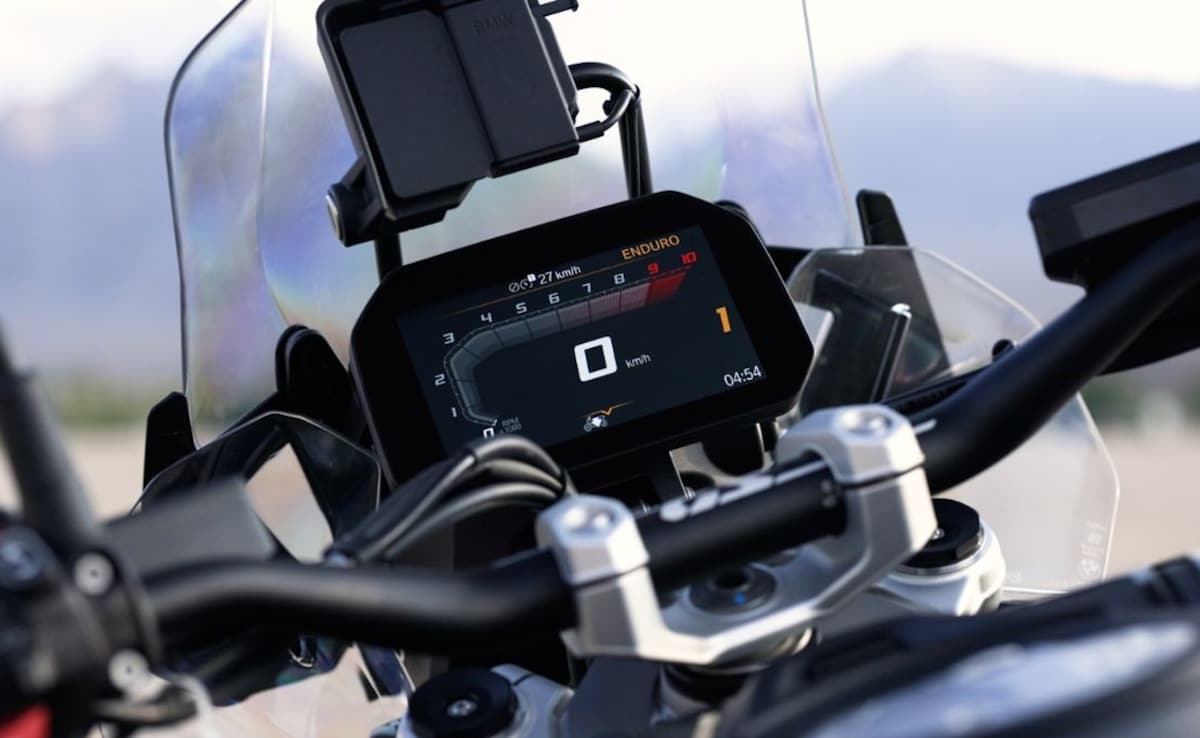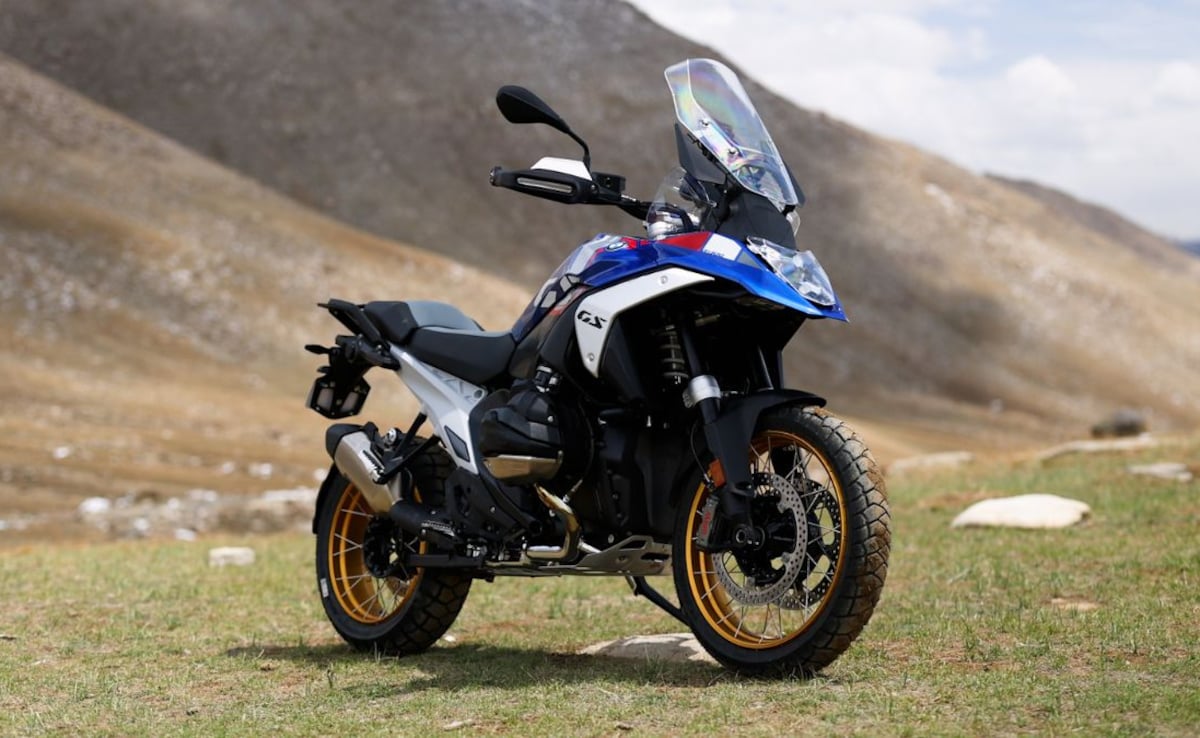
If riding across not just countries but continents is your thing, then one name that comes to mind is BMW's GS series motorcycles. The latest in this series is the R 1300 GS, which replaces the earlier flagship, R 1250 GS. We rode it in the land of high passes, Ladakh, to see what has changed. Here's a quick look.
BMW R 1300 GS: Heart of the Matter
Let's dive into the most important part of this evolution: the engine. The new 1300cc unit replaces the 1250cc engine. This boxer twin powertrain is 6.5 kg lighter, 9 hp more powerful, and delivers around 5 Nm more torque. The figures of 145 hp and 149 Nm are impressive, even at high altitudes nearly 17,000 feet above sea level.
The engine feels rev-happy with excellent low-end response and a strong mid-range. The redline remains at 9,000 rpm, the same as the previous model. Performance is smooth throughout, which is remarkable since engines tend to lose some efficiency at high altitudes. The claimed 0-100 kmph figure is a supercar-rivalling 3.4 seconds. Highway cruising with the R 1300 GS is a breeze, though the fuel tank capacity has been reduced by a litre to 19 litres, which might slightly affect the range.

BMW R 1300 GS: The ride
The motorcycle also feels a bit less top-heavy and is nearly 12 kg lighter than the R 1250 GS. While it feels like a bike half its size when in motion, the 237 kg kerb weight is noticeable and can be daunting at parking speeds, especially for riders shorter than 5'10". The seat height remains unchanged at 850 mm but can feel a bit tall. However, the top-spec Option 719 variant includes BMW's adaptive ride height system that lowers the seat height by 30 mm when under 30 km/h. There's also an optional low seat that reduces the height to 800 mm.
The bike features a front Telelever Evo suspension and a more rigid connection between the handlebar and front forks, making the front feel much more direct. Carrying speed through corners feels easier, though I didn't push it to the limit given the high stakes when riding on tight hairpins with no buffer between the road and the gorge.
The ride feels sportier than before but remains comfortable. I rode the motorcycle mostly in Road mode without the adaptive suspension, and it absorbed almost everything. We'll reserve our final judgment until we ride it through city roads.

BMW R 1300 GS: The Features
The new GS retains the 6.5-inch TFT display, which is one of the most legible and user-friendly units in the industry. The switchgear remains largely unchanged, though there is a new start button, and the ignition button has been relocated from under the handlebar to the right-side switch cube. A new button on the left side provides quick access to a customizable menu for adjusting settings such as the windscreen, heated grips, traction control, and suspension damping. The bike also includes updated riding modes and rider assists, along with a new ABS that activates both the front and rear brakes simultaneously when either brake is applied, similar to some scooters. Additionally, the GS offers various features depending on which of the five available trims you choose.

BMW R 1300 GS: Pricing and Verdict
The R 1300 GS has been introduced with a starting price of Rs 20.95 lakh (ex-showroom), Rs 40,000 more than the previous R 1250 GS. This makes it quite attractive from a value perspective. The GS is priced slightly above the comparable Triumph Tiger 1200, yet remains significantly more affordable than the Ducati Multistrada V4 and the Harley-Davidson Pan America 1250 Special.
This evolution might distance a few existing GS fans as it has taken a sportier approach with its compact design, powerful engine, and more agile handling. Whether current owners decide to switch is yet to be seen, but one thing is for sure: the new GS will certainly attract younger and more enthusiastic crowds to BMW Motorrad showrooms.
Track Latest News Live on NDTV.com and get news updates from India and around the world
